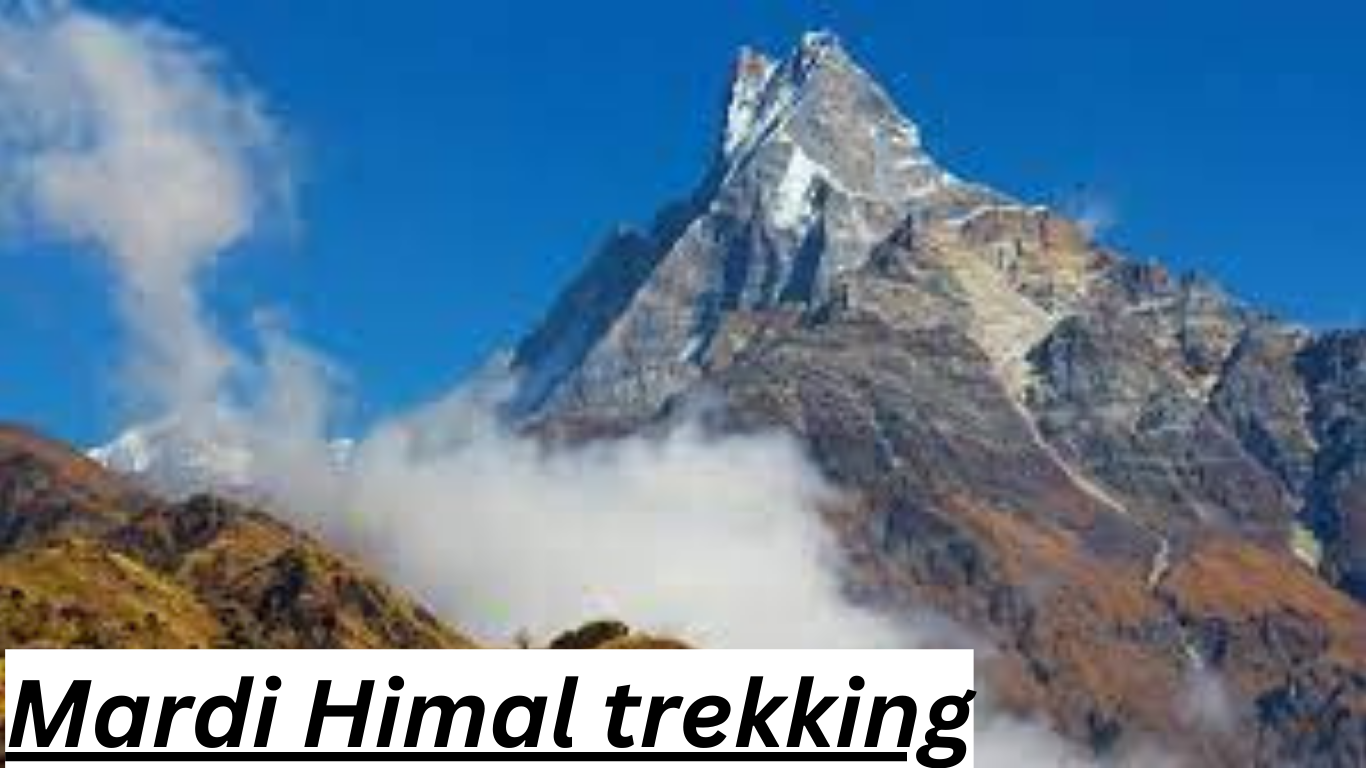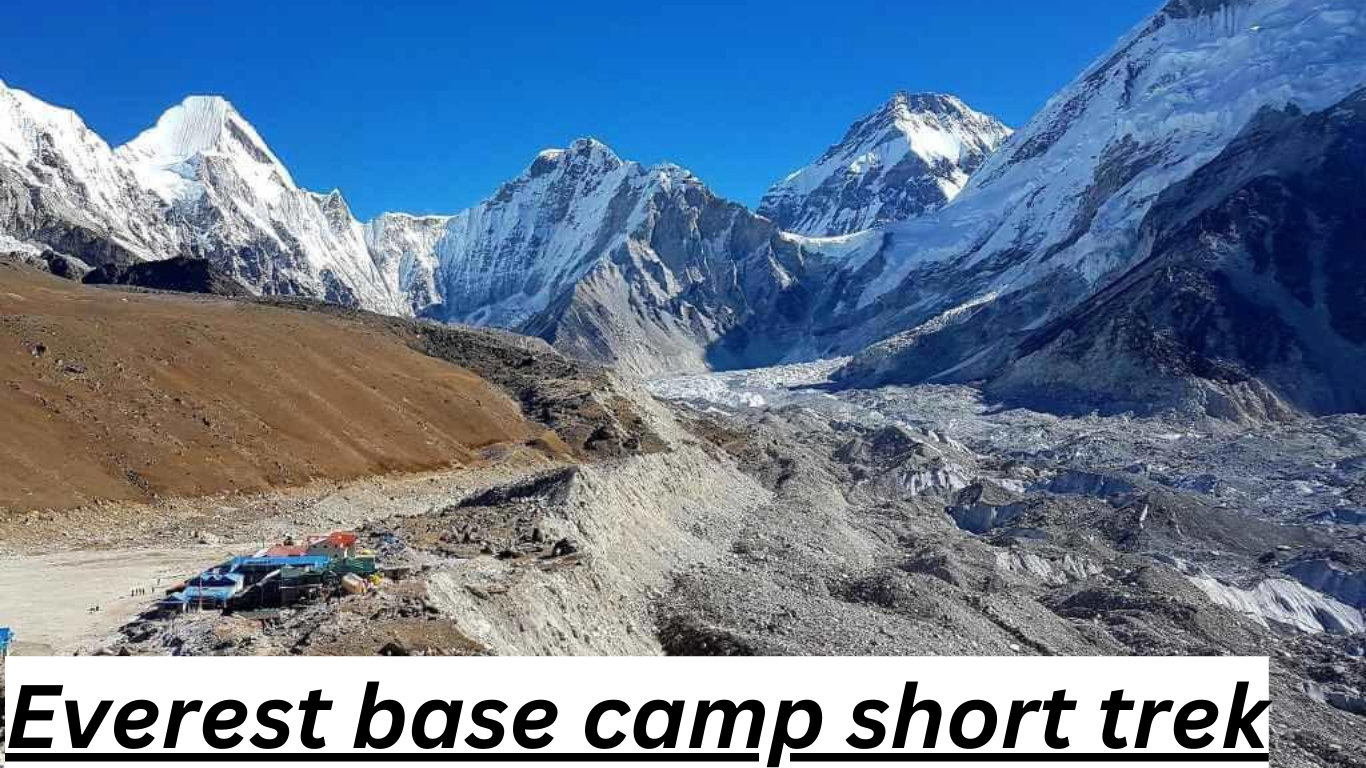The Mardi Himal trekking trek is the perfect adventure for all trekkers with different experiences, age groups, and seasons, yet it comes with its own set of difficulties and challenges along the way. Even this short journey through which you can enjoy the Himalayan ranges is not to be taken for granted.
Generally, trekkers embark on this journey during the peak seasons of Spring (March, April, and May) and Autumn (September, October, and November). Well, these are the most favorable seasons of the year, and trekking during these months makes the journey much more manageable.
Having said that, you should also focus on essential safety tips, health, and physical fitness, as trekking requires good fitness and stamina. Whether you are a novice traveler or an experienced trekker, anyone can fall under some unforeseen circumstances.
With this article, let’s delve deeper into some of the health issues you may face and safety measures to follow during the trek.
Some Health Problems Faced During Mardi Himal Trek
The first thing to remember before starting this journey is to get a medical checkup, especially if you have any heart or lung problems. Additionally, you should carry the medications that are prescribed to you.
As a general fact, the Mardi Himal trekking takes you to an altitude of 4,500 meters, which may cause problems such as altitude sickness, asthma, and more.
Altitude Sickness
It is caused by high altitude. Also, altitude sickness is of three kinds: Acute Mountain Sickness (AMS), High Altitude Pulmonary Edema (HAPE), and High Altitude Cerebral Edema (HACE).
Here, AMS is the mildest and also the most common form of altitude sickness. It often starts with a general headache, dizziness, muscle aches, and nausea. HAPE is quite life-threatening as it is a buildup of fluids in the lungs. Likewise, HACE is the most severe form of altitude sickness due to fluid buildup in the brain.
Some of the most common symptoms of altitude sickness are mentioned below.
- Dizziness
- Shortness of breath
- Headache
- Vomiting
- Fatigue
- Loss of energy
- Loss of appetite
- Insomnia
If you ever face any such problems during the travel, you should stop trekking and take a rest. However, if you are still feeling unwell, you should slowly descend with the help of your guide or a partner. Moreover, if the situation is still worse, you should seek emergency assistance.
One of the many ways to prevent suffering from altitude sickness is to ascend slowly and not to overstrain. Similarly, you should keep yourself hydrated and avoid drinking or smoking during the journey. Also, a light exercise before trekking helps a lot.
Dehydration
It occurs due to a lack of fluid or water in your body. Some of its major symptoms are dry mouth, weakness, dizziness, headache, and more. If your body is dehydrated during the trek, it may lead to serious problems such as heat exhaustion, heat stroke, or kidney failure.
Below are some of the tips to avoid dehydration during the trek.
- Stay hydrated, drink at least 3 to 4 liters of water a day.
- Eat foods that are rich in water.
- Decrease your caffeine intake.
- Carry water bottles and water purification pills or filters.
Hypothermia And Frostbite
As you trek higher in the Mardi Himal route, the temperature drops dramatically, especially during winter. This particular reason may cause frostbite, and some of its symptoms are tingling pain, numbness, cold, hard, and sore skin.
Here are some tips to keep in mind to avoid this from happening.
- Dress in layers and make sure to have windproof and waterproof clothes.
- Do not expose your toes or fingers if the temperature is extremely cold.
- Stay as dry as possible.
Sunburn
It is most common for trekkers traveling to a high altitude. Often, the higher you go, the more severe the sunburn, which can cause great damage to the skin. Hence, you should always carry a high-SPF sunscreen and reapply it from time to time.
Physical Injuries
No matter how short this trek is, the hike to the Mardi Himal trekking Base Camp is tiring. Anyone can stumble into some sort of minor inconvenience or injury. Such uneven terrains, rocky paths, and steep ascents can easily cause twisted or sprained ankles if you are not careful.
Hence, to try and avoid these injuries during the trek, you should wear appropriate footwear and ankle support.
Safety Tips And First Aid For Mardi Himal Trekkers
Before you embark on the Mardi Himal trek, it is most important to understand the safety tips. While also enjoying the breathtaking views of the journey, below are some of the tips to keep yourself safe.
Hire Local Guide
Whenever you are traveling to a new place, it is advisable to take a local guide as they know more about that place than anyone ever could. Not only are they familiar with the places, but they might also be able to give you an opportunity to get close interaction with the locals, their lifestyle, culture, and religion. Furthermore, they ensure you do not miss an experience.
Acclimatization Techniques
For your body to adapt to the high altitude, it is crucial to understand some acclimatization techniques as mentioned below.
- Always ascend gradually giving your body the time to adjust to the surroundings.
- Never strain yourself, and give yourself the option to rest every once in a while.
- Keep yourself hydrated throughout the trek while aiming to drink at least 3 to 4 liters per day.
- Eat a balanced diet rich in carbohydrates to help metabolize at higher altitudes.
- Avoid drinking or smoking throughout the journey.
- Carry medication such as Diamox to help with altitude.
Travel Insurance
Whichever route you take or in whichever medium you are traveling in, make sure to fill out an insurance form. It helps you cover any medical expenses and emergency evacuation in case of any unforeseen circumstances.
Emergency Actions And First Aid
Himalayas are always unpredictable, and so can the activities. Hence, you should always be ready to tackle them in emergency.
- Always carry a satellite or GPS phone and leave your plan details behind to your close ones.
- Carry a first aid kit consisting of basic first-aid medications such as wound care, pain relief, etc, and all your regular medications (if any).
- Learn basic first-aid knowledge such as bandaging wounds or CPR.
- Stay calm during an emergency and think rationally. Often, meditation and yoga help you with it.
- Keep updated with weather conditions and change your plans accordingly.
- Add a buffer period to your itinerary, as there might be sudden changes in plans.
- Always stick with the group and original route without wandering off.
Sustainable And Ethical Trek Techniques For Mardi Himal
- Be mindful of the culture and traditions of the locals.
- Only leave your footprints on the trail. Do not litter around.
- Do not take routes that are not originally meant. It can destroy particular flora of the region.
- Contribute to local products as it helps to boost their economy.
- Use a refillable water bottle.
- Do not dispose of your human waste in the bushes or open areas. Always use toilets!
- Dress modestly, especially while visiting religious sites.
- Always ask for permission before taking pictures of the locals or the sites.
- Open your shoes before entering anyone’s houses or temples.
- Use biodegradable soap and toiletries to minimize your impact on the environment.
- Do not forget to light out fires that you set for the camp.
Final
Trekking to Mardi Himal Base Camp is one of the shortest journeys in the Annapurna region as well as one of the easiest ones. However, it does require seriousness and trekkers to be physically and mentally fit.
Alongside being one of the breathtaking journeys, it should not be taken lightly, and one should prepare all the basic safety measures and first aid to prepare oneself of those unforeseen circumstances.




